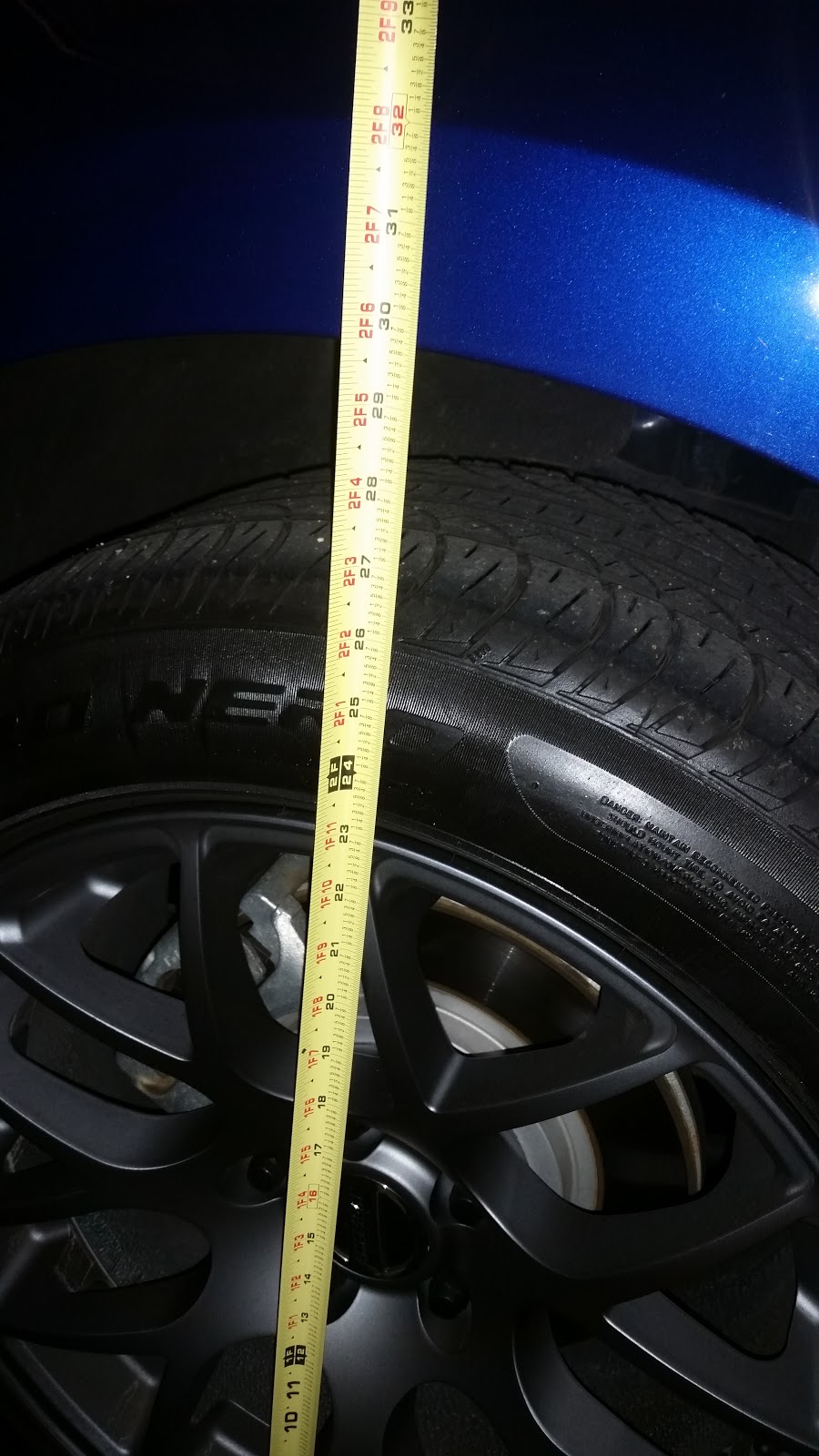I have always wanted a car that required a rollbar. I have purchased belts, a fire jacket, and even a rollcage for previous cars, and have never needed any of it. Back in the day when the limit was 11.99, my 1982 Camaro would run consistent 12.2's. When the limit dropped to 11.49, my 2013 Mustang GT would run 11.5's all day long.
I decided to do something about it, so I purchased and installed a Circle D 4c torque converter for my car during the summer of 2017. The install was a huge pain in the ass, don't let anyone tell you different. However, I knew I was leaving a lot of ET on the table with my 11.56 @ 125 due to cutting nearly a 2.0 60'. Most cars with my power cut a 60' in the 1.5 to 1.6 range, but my stock converter was causing my car to leave off of idle and out of boost. I felt that leaving in boost would dramatically reduce my ET, and would likely put me in the low 11's or high 10's with a decent 60'. A higher stall torque converter seemed like the answer to my issue.
(Circle D 4C converter installed and ready to rock)
So I took the car apart, pulled the transmission out, installed the torque converter, put the transmission back in, put the car back together, got the car up in the air, added transmission fluid, and was ready to race.
(To check and add transmission fluid on a 2013 Mustang, you do it in the air, running. It's awful...)
The result was less than stellar. I ran an 11.50 @ 120, same ET and 5+ mph slower. The car seemed to be shifting slightly earlier, but it still seemed strange to have lost 5 mph, and gained nothing in the 1/4. It felt like a monster on the street with the loose converter, but this did not translate at the track. By the time I was able to race it was the end of the season, and I was unable to correct my early shifts and loss of mph.
(Working hard on my car, spending money, and running slower...)
During the winter, I purchased a new pulley for my Procharger to up the boost to 9.5 PSI without consulting my tuner. After talking with him, we determined that I was already at the limit of pump gas at 7.5 psi, and bad things would likely happen by increasing boost on 92 octane fuel.
We made the decision to sell the pulley, and convert the car to E85. Since I was already running ID1000 injectors, the only change I needed to make was to install a boost a pump on my car. The boost a pump of choice for my tuner is the JMS Fuelmax plug and play BAP. I have to say, the ease of installation made it a no brainer. It was plug and play, and came with detailed instructions.
(The JMS BAP installed in the trunk)
My friends Frank, Tyler, Mason, and I made the 12 hour round trip again, this time with an open trailer. We have promised each other, if we make this trip again, we are not round tripping it in the same day.
(Car loaded up on the trailer. AED tuned Frank's truck as well on this trip)
We made the trip back down to AED to perform another dyno tune, and that is when my tuner made an important discovery. The car was missing 60+ rwhp from the previous dyno session a year earlier. After looking at logs, my tuner discovered a broken clamp on the outlet side of the supercharger which was allowing boost to vent to the atmosphere. Suddenly my loss of 5+ mph in the 1/4 mile made sense. My car likely ran the 11.50 @ 120 while missing 60+ rwhp, and with a huge boost leak.
(A broken hose clamp was the culprit)
Fixing the broken hose clamp saw peak horsepower shoot up to 542 rwhp from 499 rwhp. Switching to E85 picked up an additional 52 rwhp across the powerband. Below is an overlay of power when we showed up with my car, vs when we left. My tuner feels my exhaust is restricting power, and that my cats are likely maxed out. But for now, I am very happy with the result!
(Back on the rollers at AED, love this shop)
(Making power again)
With that, it was Frank's turn to dyno tune. I was very happy where my car landed, and am looking forward to racing in 2018. Hopefully the added power, E85, higher stall speed converter, and a little luck will lead to some better ET's and faster MPHs in 2018.
(A must faster car than mine, you get used to these things at AED)
After Frank's truck picked up 45 rwhp on the dyno tune, we stopped at an E85 gas station on the way out of town, and loaded up on fuel. Medford Oregon does not currently sell E85, so I filled the car, and 20 gallons of VP jugs prior to hitting the road.






























































